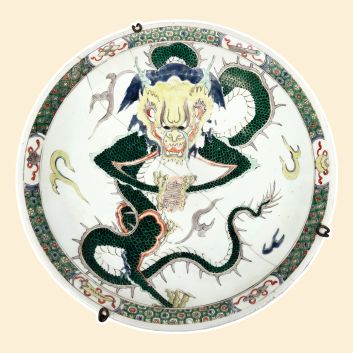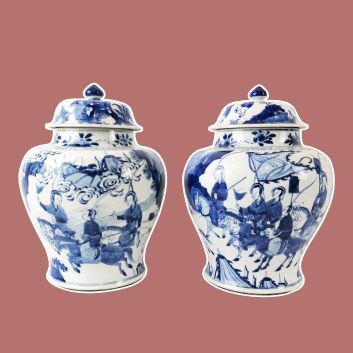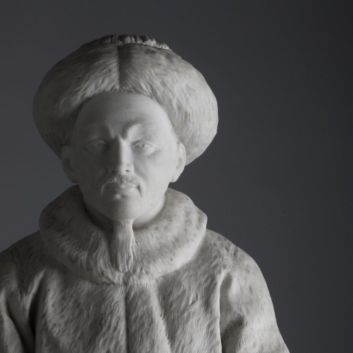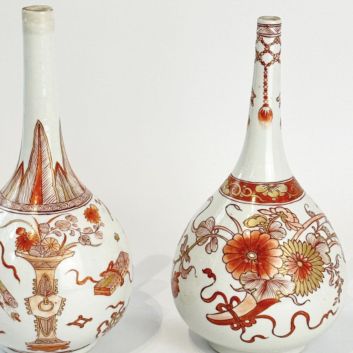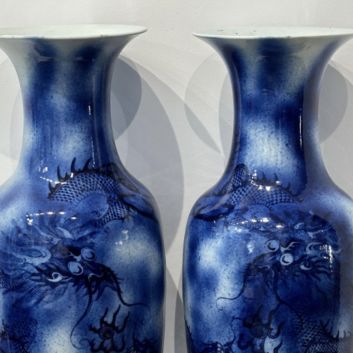Rating and value of Hue porcelain from Vietnam
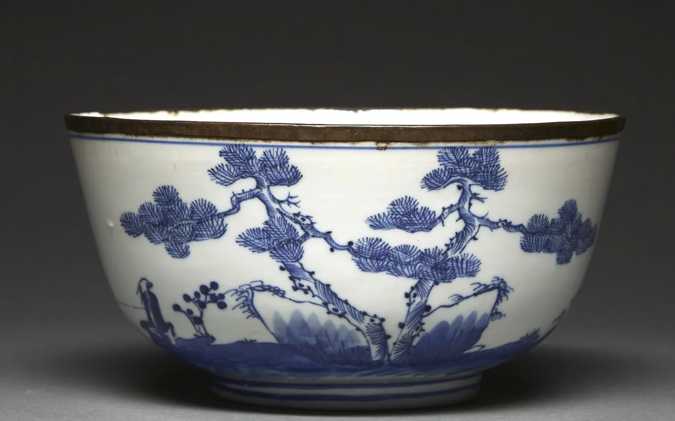
If you own a piece of Vietnamese porcelain, or are thinking of owning one, and would like to know its value, our state-approved experts and auctioneers can offer you their expert appraisal services.
Our specialists will carry out a free appraisal of your piece, and provide you with a precise estimate of its value on today's market.
Then, if you want to sell your work, we'll point you in the right direction to get the best possible price for it.
Rating and value of porcelain cookies from Vietnam
Vietnamese porcelain is known and appreciated throughout Europe. It is particularly famous for Hué blue. Today, the price of certain pieces continues to rise under the auctioneers' hammer.
Porcelain works from Vietnam are highly prized, especially by French buyers, and the price at which they sell on the art market ranges from €10 to €489,000, a considerable delta but one that speaks volumes about the value that can be attributed to these porcelains.
In 2021, a set of three blue and white porcelain bowls with dragon and phoenix decorations marked "Ni Ph Th Trung" sold for €127,000, against an estimate of €300-500.
Order of value from simple porcelain to the most prestigious
Porcelain type | Results |
|---|---|
Vase | From €20 to €27,940 |
Jar | From €20 to €46,800 |
Saucer / bowl | From €10 to €127,000 |
Response in less than 24h
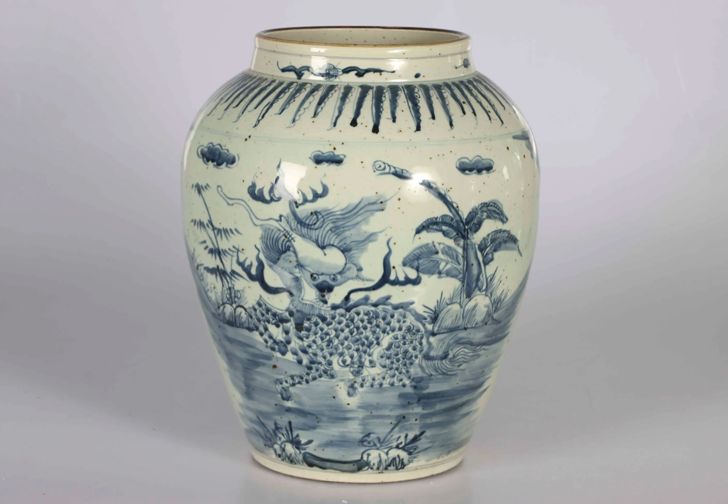
Style and technique of Vietnamese porcelain cookies
The history of Huế porcelain cookies has its roots in the imperial region of Huế, Vietnam, known for its refined heritage in porcelain production.
Inspired by Chinese craft techniques, particularly those of the Ming and Qing dynasties, Vietnamese artisans adapt these influences to create a unique style, marked by distinctive patterns and a subtle color palette.
This harmonious blend of Chinese and Vietnamese elements gives these porcelain cookies an unrivalled elegance, symbolizing both power and nobility.
The biscuit-making process is the fruit of remarkable technical virtuosity. Starting with a fine, white dough, the craftsmen meticulously shape each piece by hand.
The initial firing, at a temperature of around 1300 degrees Celsius, ensures the porcelain's incomparable hardness and brilliance. After this initial stage, the pieces are decorated with intricate motifs depicting landscapes, flowers and birds, as well as Vietnamese cultural symbols such as dragons and phoenixes.
These decorations, often made with hand-applied enamels or paints, require a second firing to fix the colors and accentuate the depth of the motifs.
Huế porcelain cookie production, although flourishing during the Nguyễn dynasty, today symbolizes a rich cultural heritage.
Huế craftsmanship is distinguished not only by the exceptional quality of its creations, but also by the ability of its artisans to preserve and enrich a centuries-old artistic tradition.
These objects, which combine aesthetic beauty and technical mastery, perpetuate the history of a refined art rooted in Vietnamese culture and celebrated for its timeless elegance.
Thus, Huế porcelain cookies are not simply decorative objects, but true works of art that continue to fascinate and inspire with their delicacy and symbolic depth, bearing witness to a cultural and artistic heritage that has endured through the ages.
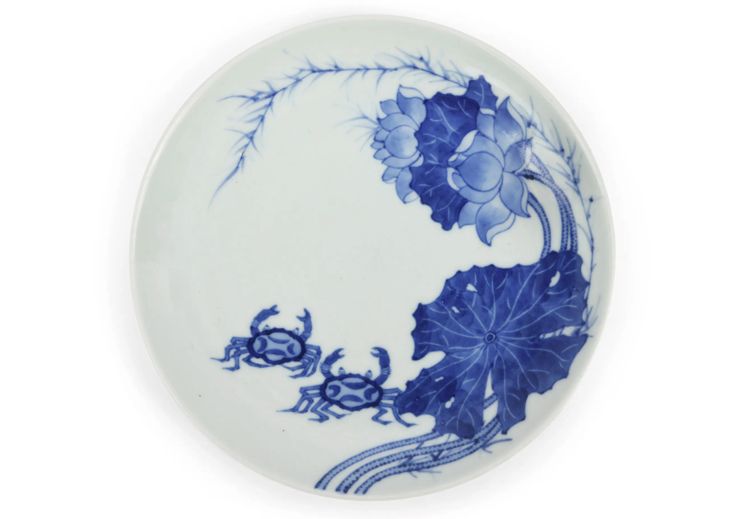
History of Huế porcelain
The history of Huế porcelain, also known as "Pháp Lam porcelain", has its origins in the Nguyễn dynasty, which ruled Vietnam from 1802 to 1945. This dynasty, the last to rule the country, chose Huế as its capital, a city located in central Vietnam.
Under the Nguyễn reign, Huế became not only the seat of political power, but also a leading cultural and artistic center, where porcelain played a prominent role.
Inspired by Chinese influence, the first Nguyễn emperors, aspiring to rival China's imperial courts, initiated local production of high-quality porcelain. In this way, it differs from Chinese porcelain, Japanese porcelain and that of European manufacturers such as Meissen and Sèvres.
To this end, they brought Chinese craftsmen to Vietnam, asking them to pass on their know-how while adapting the techniques to the particularities of Vietnamese culture.
Thus, in the early 19th century, Huế established itself as a renowned porcelain production center, creating objects for the imperial court, as well as for religious and diplomatic purposes.
Huế porcelain is distinguished by its finesse, brilliance and delicate decorative motifs.
Pieces such as vases, bowls, plates and funeral urns feature nature-inspired motifs such as flowers, birds and landscapes, complemented by traditional Vietnamese symbols such as dragons, phoenixes and Chinese characters expressing wishes for prosperity and longevity.
Among the colors used, cobalt blue, imported from China, is particularly appreciated for its deep shades, although red, yellow and other hues are also popular.
An emblematic technique of this porcelain is "Pháp Lam", a glazing process that involves applying colored enamels to a porcelain base, before firing the whole at high temperature.
This process, though complex, creates vibrant contrasts and lends a unique depth to the motifs.
In the early 20th century, Huế porcelain production declined, due to the end of the Nguyễn dynasty and the French colonization of Vietnam.
However, the legacy of this craft lives on in pieces preserved in museums and private collections, bearing witness to the refinement and artistic sophistication of the imperial court of Huế.
Today, Huế porcelain is celebrated as a symbol of Vietnamese cultural heritage, and efforts are being made to preserve and revitalize this traditional art, enabling new generations to discover and appreciate this precious testimony to a glorious past.
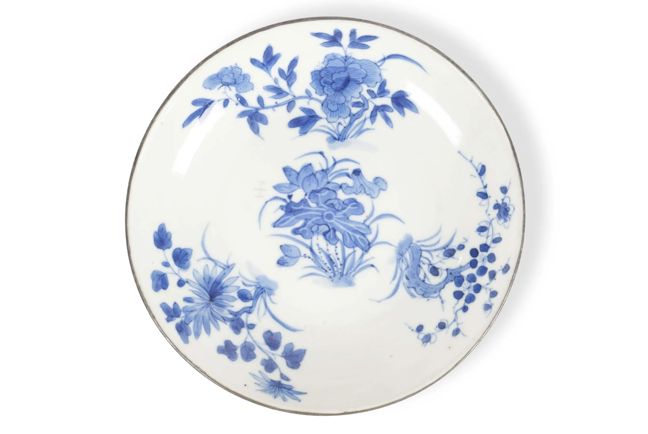
Auction prices for Vietnamese porcelain
The success of Vietnamese porcelain at auction is undeniable. Huế pieces, particularly those produced under the Nguyễn dynasty, are attracting the attention of collectors worldwide.
Their market value depends on their state of preservation, age and the craftsman's signature. Works made for the imperial court are particularly prized for their finesse, brilliance and rich motifs.
Huế porcelain cookies, adorned with delicate motifs and using sophisticated techniques such as Pháp Lam, stand out for their exceptional artistic quality. Neoclassical pieces, though slightly less highly priced, also find their way into auctions, especially those signed by renowned craftsmen.
Moreover, contemporary creations inspired by this heritage are enjoying growing success on the art market. Modern artists who revisit traditional Vietnamese porcelain techniques bring a new dimension to this art form, adding to its value and appeal to bidders.
Why auction your Vietnamese porcelain?
Auctions are an excellent way to sell your Vietnamese porcelain, as they offer a competitive edge between buyers that is impossible to obtain via online sales or through a dealer.
What's more, an appraisal by a specialist in the field is included in the valuation. Your object is put on display at the Hôtel Drouot after having been catalogued and appraised in minute detail. This enables you to find out information you may not have known about the date and provenance of your porcelain.
Entrusting your object to us relieves you of all responsibility for the sale: your porcelain is photographed by a professional and all the communication necessary to reach future bidders is implemented.
Knowing the value of a work
If you happen to own a piece of Vietnamese porcelain, or you think you might, don't hesitate to request a free appraisal using the form on our website.
A member of our team of experts and certified auctioneers will contact you promptly to provide you with an estimate of the market value of your work, as well as any relevant information about it.
If you're thinking of selling your work of art, our specialists will also be on hand to help you find alternatives for selling it at the best possible price, taking market trends into account.
Response in less than 24h
Related topics
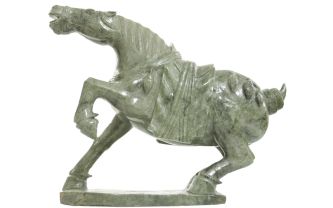
The value of jades, China's imperial symbol
Jade, this semi-precious stone, is increasingly sought-after and popular, and can fetch surprising prices. Free jade appraisal
Read more >
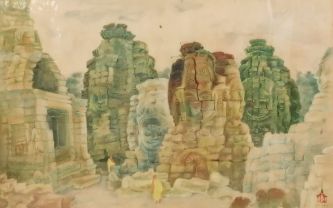
Rating and value of works, paintings by Thuong Lan Nguyen
Thuong Lan, a little-known Vietnamese artist, is nevertheless appreciated at auction. His works are very valuable. Estimated in less than 24h.
Read more >
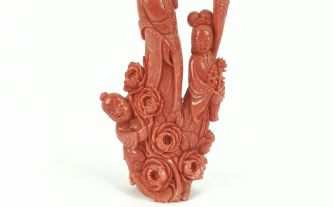
Cote et valeur des bijoux en corail, des coraux de Chine
Corals are precious collectors' items that can be highly valued at auction. 100% free and certified estimate!
Read more >
Secure site, anonymity preserved
State-approved auctioneer and expert
Free, certified estimates
